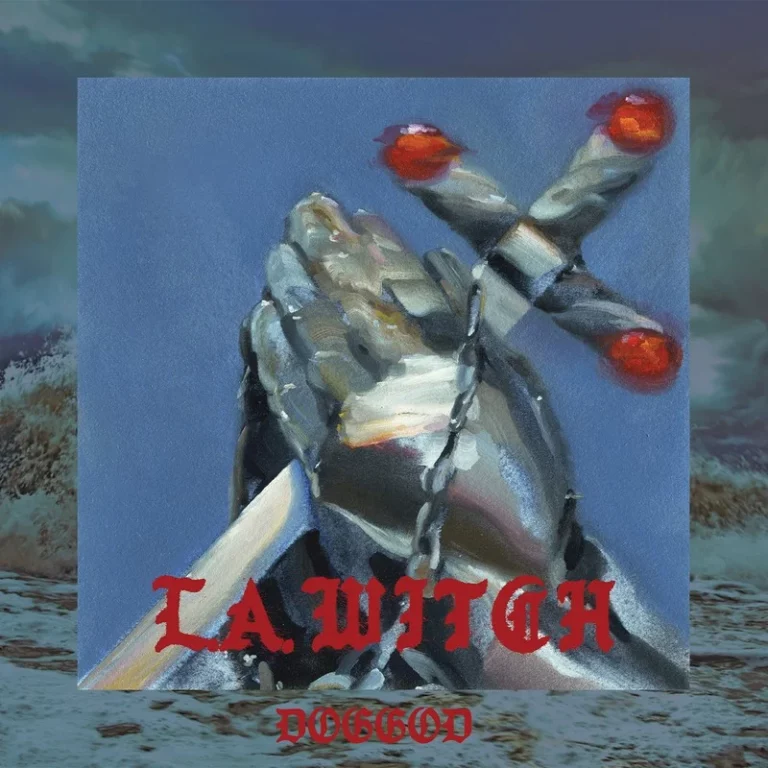Picking the right dog isn’t just about looks—it’s about finding a furry sidekick that vibes with your lifestyle. Whether you’re a fitness fanatic, a homebody, or always on the move, there’s a pup out there waiting to be your perfect match. Here are ten awesome dog breeds tailored for different lifestyles.
1. Labrador Retriever – The Ultimate Family MVP
Labs are the gold standard for family dogs. Friendly, smart, and great with kids, these loyal companions fit right into a busy household, and are a sensible choice for first-time dog owners. They’re always down for a game of fetch but need plenty of exercise to stay happy. If you want a loving, trainable buddy who adores belly rubs, a Lab is your go-to.
2. Border Collie – The Energy-Packed Athlete
If your idea of fun involves long hikes, trail runs, or agility courses, the Border Collie is your dream teammate. These intelligent, high-energy dogs need constant mental and physical challenges. They thrive with experienced owners who love an active lifestyle and don’t mind a dog that’s always two steps ahead.
3. French Bulldog – The Chill City Dweller
Living in a high-rise with limited space? No worries—the French Bulldog has you covered. Low-maintenance, small, and full of personality, these little goofballs are perfect for apartment life. They love lounging around but still enjoy short walks and playtime. Plus, their snorty little faces are impossible to resist.
4. Siberian Husky – The Adventure Junkie
If you’re all about the great outdoors, the Siberian Husky is the ultimate trail buddy. Built for cold weather and long-distance running, these independent, energetic dogs need plenty of space to roam. Huskies are smart but stubborn, so they require patient training and an owner who can keep up with their wild side.
5. Cavalier King Charles Spaniel – The Cuddle Pro
For those who love cozy nights in, the Cavalier King Charles Spaniel is the perfect lap dog. These affectionate pups crave human companionship and are equally happy in apartments or houses. If your idea of exercise is a leisurely stroll followed by Netflix and snuggles, this breed is for you.
6. Australian Shepherd – The Workaholic’s Dream Dog
If you’ve got a ranch, a farm, or just love training dogs, the Australian Shepherd is a stellar choice. Super smart and energetic, these pups thrive when they have a job to do. They excel in agility, herding, and obedience training, making them the perfect partner for active and dedicated owners.
7. Dachshund – The Ultimate Travel Buddy
Always on the move? The Dachshund’s small size and adaptable personality make them the perfect travel companion. These little wiener dogs are full of personality and love short bursts of playtime. Whether you’re road-tripping or hopping on a flight, your Doxie will be right by your side.
8. Great Dane – The Big Softie for Spacious Homes
Want a dog that’s as big as your love for them? Great Danes are massive but surprisingly low-energy. They’re gentle giants that adore their families and do well in large homes with space to stretch out. If you want a big dog with a heart of gold, the Great Dane is your match.
9. Shiba Inu – The Independent Minimalist
Love dogs but appreciate personal space? The Shiba Inu is a low-maintenance, independent breed that behaves more like a cat. Clean, reserved, and a little stubborn, Shibas are best for experienced owners who appreciate a dog with a mind of its own.
10. Golden Retriever – The Social Butterfly
Golden Retrievers are the ultimate people-pleasers. Friendly, trainable, and always ready to make new friends, they’re perfect for families, therapy work, or anyone who loves an affectionate dog. Whether you’re in the suburbs or on a farm, a Golden will fit right in as long as they get enough love and exercise.
Final Thoughts
No matter your vibe—whether you’re a couch potato, an athlete, or something in between—there’s a dog out there that matches your lifestyle. Do your research, find your perfect fit, and get ready for a lifetime of wagging tails and unconditional love!














 Black Country, New Road have released
Black Country, New Road have released 



 The Ophelias
The Ophelias New York indie-folk outfit Florist have unveiled their fifth studio album,
New York indie-folk outfit Florist have unveiled their fifth studio album, 
 Lily Seabird’s stunning new album, Trash Mountain, is named after a pink house sitting on a decommissioned landfill site at the back of Burlington’s Old North End, which the singer-songwriter has called home for several years now. “I was just singing out thinking about that – a place that could have so much beauty to me, and so much sense of community, but then it has that name,” Seabird said in our
Lily Seabird’s stunning new album, Trash Mountain, is named after a pink house sitting on a decommissioned landfill site at the back of Burlington’s Old North End, which the singer-songwriter has called home for several years now. “I was just singing out thinking about that – a place that could have so much beauty to me, and so much sense of community, but then it has that name,” Seabird said in our  DJ Koze has released
DJ Koze has released  Sleigh Bells have returned as rambunctious and bombastic as ever with
Sleigh Bells have returned as rambunctious and bombastic as ever with  The Hold Steady bandleader Craig Finn has released
The Hold Steady bandleader Craig Finn has released 
 Navigating Identity and Freedom: A Personal Reckoning
Navigating Identity and Freedom: A Personal Reckoning




